
Flasks are a great way to keep your beverages cold in your fridge or nice and steamy during those long commutes or throughout the day. A good flask will retain your beverage temperature for at least 8 hours! Speaking of keeping things clean, did you know you can clean shower tiles without scrubbing! Be it a thermal or a vacuum flask, they’re amazing companions to have, as you can use them over and over again which is great for the environment too!
Because they’re reusable, you will have to clean them, ideally 2-3 times per week. And as any flask owner will lament, cleaning them can be considered a little bit of a chore. Every once in a while, a good, proper scrub down is needed to keep them from smelling bad. That can be difficult, as most flasks are quite skinny and most hands don’t fit inside. This will also prevent bacteria formation, such as Staphylococcus.
But fret not, as there are a few ways that you can make your flask as good as new!
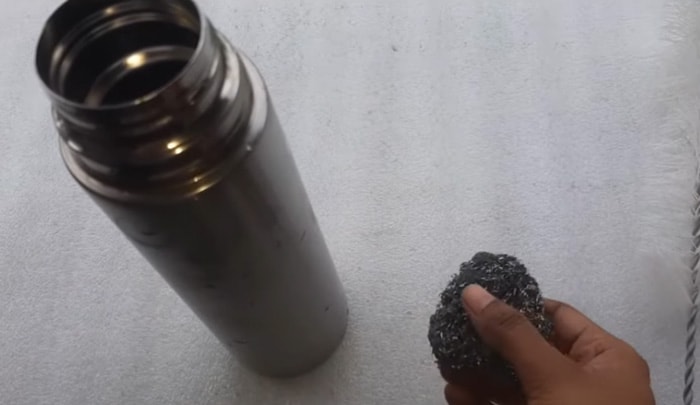
You Will Need
Below are some of the options that you can consider, and the different things you might need depending on which approach you want to take.
Before continuing, it’s important to check if your flask is safe to be cleaned with certain methods, and this information can be found either on the product instructions provided or on the product website pages. It’s very important that you avoided high-strength solvents and liquids like bleach, as this may damage the materials of your flask. What you can use to clean your flask depends on the material used to make your flask. All these options are viable for stainless steel flasks and would often be dishwasher-friendly, but avoid using hot water, above 70°C, when cleaning a glass flask. Hot water can cause the glass to rapidly expand and shatter (especially if you live in a cold climate!), which can result in not just a broken flask but also possible injury.
It’s also a great idea to clean the flask using the recommended methods before using your flask for the first time, as there may be residual grime and dirt leftover from manufacturing and packaging.
The best way to clean a flask is by washing the left-over liquids with tap water. Then use regular dish soap to clean the inside and outside of the flasks, this should be done at least 3 times per week, depending on the use. Use baking soda or vinegar with a toothbrush for a deeper clean. Let it dry overnight for best results.
Cleaning with washing up liquid
Rinse your flask with plain running water for at least one minute, making sure to get rid of any leftover liquid that was in the flask. Do note to avoid submerging the flask in water for a prolonged period, as the flask may become damaged depending on the material.
Use normal washing-up liquid and warm (very important that it’s not hot!) to scrub away the dirt in the flask. If you can’t clean it thoroughly using a conventional sponge, consider also using a bottle brush or toothbrush to get that extra reach you’ll need to reach the bottom of the flask.
After scrubbing, you want to remove the soap by rinsing it under running water from your faucet. Make sure that the water is hot, above 50°C, as that will help get rid of any residual smells and micro-organisms. Repeat the rinsing process until the smell of the beverage as well as the washing-up liquid is gone.
Many people often forget how important it is to clean the flask stopper, as well. As this part is the one that makes contact with your mouth, it is important to make sure that it is kept clean to prevent mold and dirt from accumulating.
If your flask stopper is not dishwasher-friendly, you can brush the dirt off using washing-up liquid and a toothbrush. The bristles of the toothbrush can get into the tiny crevices of a flask stopper quite well, though we also recommend giving it a few passes to make sure it’s cleaned out completely.
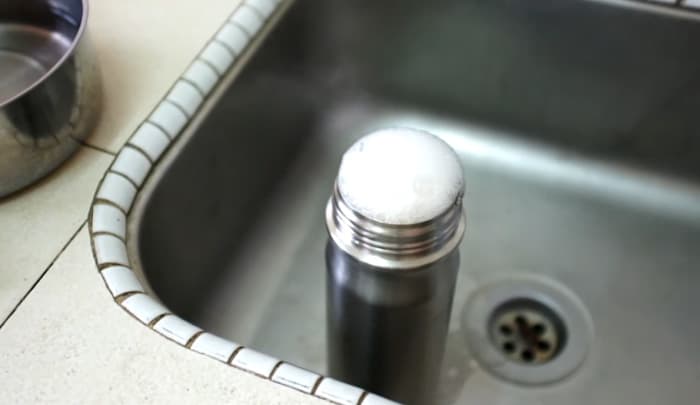
Cleaning with bicarbonate of soda
If you got some stubborn stains and washing-up liquid isn’t making the cut, you can also consider using bicarbonate of soda, more commonly referred to as baking soda. If you find some really stubborn stains still remaining after cleaning with washing-up liquid, you’ll have to take more drastic measures. Fill the flask up with hot water (boiling temperature is recommended) and add about a teaspoon of bicarbonate of soda. Cap it shut with the stopper and leave it for at least 2 hours to even overnight, depending on how severe the stains are. After, throw out the mixture and rinse the flask, making sure to leave no residue left. Cleaning with baking soda after is also great for removing smells from your flask and flask stopper! This versatile cleaning agent can also be used to clean ceramic properly in other parts of your home!
Cleaning with rice or vinegar
Another alternative to baking soda is to use vinegar, which is acidic and can help break down those ever-present stains on your bottle. If you’re looking for vinegar alternatives for cleaning a shower head, there are plenty of options available. We recommend adding half a cup of white vinegar into the flask, making sure that there is no residual liquid inside of any sort. Shake it thoroughly! The vinegar will then spread to all the more difficult-to-reach areas and work its magic. After half an hour, drain the vinegar and rinse the bottle until the smell of vinegar disappears.
How to dry a flask
Make sure that all the components like the flask stopped, cap, and flask body is all disassembled, and use a clean, dry cloth to remove any water left on them. Space them out, 2 inches at least, and ensure that they have good air circulation for them to dry. While we’re on the topic of cleaning, did you know there are ways to clean floors without a mop. Do not store the flask until it is fully dried, as doing so will often than not result in mold and mildew growth, undoing all your hard work.
For that same reason, when storing your flask, also ensure that you don’t cap the flask with the stopper or the cap.
“As a Material Durability Expert, I cannot overemphasize the importance of cleaning your flask correctly to enhance its longevity. Each flask is unique and therefore requires a different method of cleaning based on its material. Hard, abrasive cleaning can cause scratches and wear on the flask’s surface. So, use soft scrub brushes, non-abrasive sponges, and mild dish soaps for best results and to avoid unforeseen damage.”
Jasper Sterlington, Material Durability Expert
Fresh drinks, coffee or soup
It’s important that you maintain the condition of your flask by cleaning it regularly. Not only is it important for your hygiene and keeping you from falling sick, but it also ensures that your flask can live out its full lifespan. Flasks are often expensive, and it can be a pain to have to replace them when there are many ways you can avoid that!
Remember to never overfill a flask to avoid leaks and damage to your stopper seals, and always refer to the manufacturer’s guidance on what is safe to use on your flask. Similarly, when cleaning other household items like coffee makers, there are vinegar-free alternatives to clean a coffee maker that you might find useful to avoid leaks and damage to your stopper seals, and always refer to the manufacturer’s guidance on what is safe to use on your flask. Lastly, always pre-temper your flask before putting any liquid in it by either putting hot or cold water in it for at least 5 minutes before adding your corresponding beverage. This will ensure there are no sudden prolonged expansions or contractions to the body of your flask, keeping it tight and sealed.

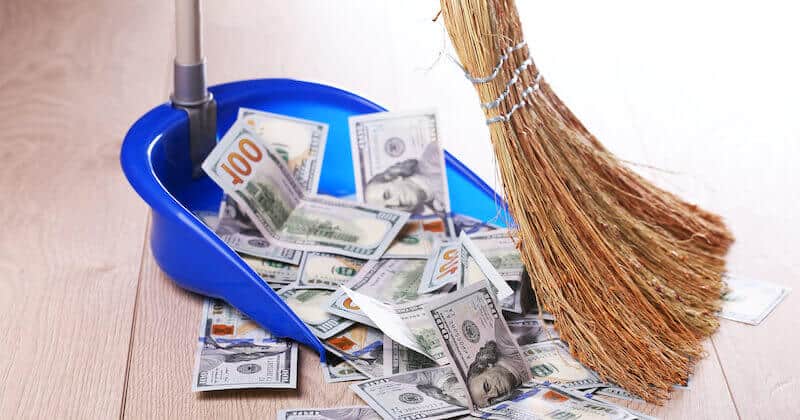
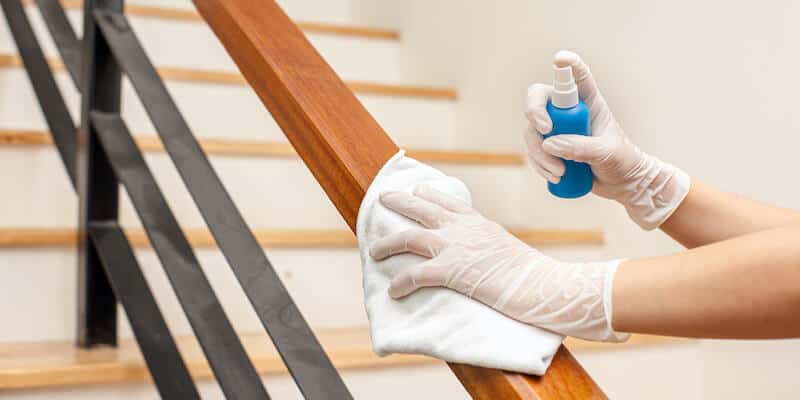
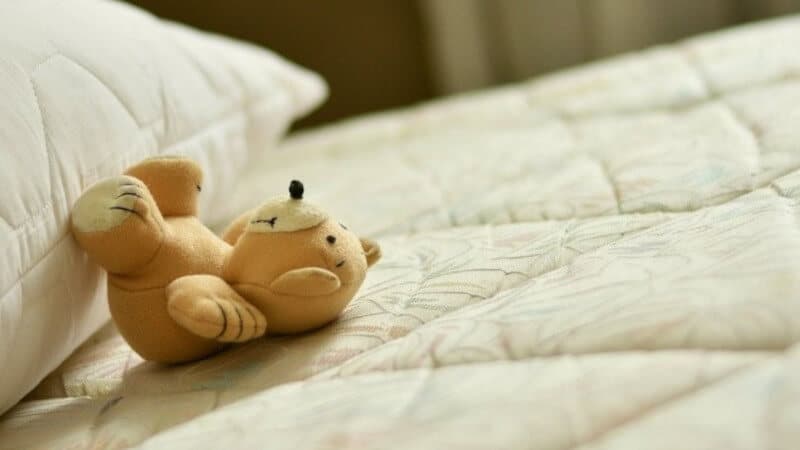

Recalling the many trusty flasks that have been by my side throughout my hiking adventures, I wholeheartedly endorse the sentiment regarding their exceeding value, user-wise. I carry flasks during my long treks not just for sustaining drink temperatures but also, believe it or not, for their potential as survival tools. In a pinch, a sturdy flask can hold more than just your beverage. I once used mine to gather freshwater from a running stream during an unexpected overnight stay in the wild. Undeniably a trekker’s multipurpose tool, I concur with the importance of maintaining these vessels, a clean flask is a healthy trekker’s best friend!
I second that, Gregor! My trusty flask has been more than just a beverage holder in the great outdoors too. And cleaning it thoroughly, though a task, is the secret to ensure it last as long as those hiking boots.
As a regular trekker, my flask is my most trusted companion, and while the cleaning can be somewhat tedious, I’ve found that using a flask cleaning brush makes the job easier and the results more thorough.
As a firm believer in reusable drinkware, I make sure to properly maintain my flasks by cleaning them diligently after each use, it isn’t as tedious when you consider the positive impact on our environment by avoiding disposable plastics.
As a living testament to the utility of flasks, let me tell you, they’ve been my faithful companions during those early morning classes where coffee becomes an absolute necessity. While cleaning them may seem tedious, the satisfaction I gain from preparing my hot brew overshadows the chore. Also, I’d like to insist that vacuum flasks are superior due to their longer heat retention, very useful for us in the teaching profession!
Cadmus, as a fellow flask enthusiast and someone who spends considerable time in remote areas, I found that cleaning my flask with a mixture of vinegar and baking soda not only makes it incredibly clean but also retains freshness for longer periods.
Faraday Cadmus, I couldn’t agree more with your vinegar and baking soda strategy. As a former chemistry teacher, I can attest to its effectiveness not just for flasks but also for numerous kitchen utensils. The acidity of the vinegar combined with the alkalic properties of baking soda makes it a great cleaning agent overall.
My experience resonates with yours, Zelda. I’ve been utilizing vinegar and baking soda mixture for cleaning my flasks for years and not only do I find it efficient, but it also aligns with my principles of reducing chemical consumption for the sake of our environment.